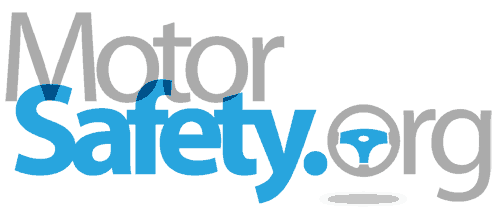Washington, D.C. – June 19, 2022 – The U.S. government auto safety regulator took their investigation of Tesla (NASDAQ:TSLA) collisions with emergency vehicles to the next level.
This investigation may result in a Tesla recall, which may affect an estimated 830,000 vehicles, including:
- 2018 – 2021 Tesla Model 3
- 2014 – 2021 Tesla Model S
- 2015 –2021 Tesla Model X
- 2020 – 2021 Tesla Model Y
Investigation summary
The regulator, the National Highway Traffic Safety Administration (NHTSA), opened the preliminary investigation on August 13, 2021, following a total of 14 Tesla crashes with first responders.
In each event, the electric car, driving autonomously on the autopilot, would crash into a first-responder vehicle, which had stopped on the road to assist on a previous, unrelated accident. These accidents resulted in at least one fatality and several injuries.
On June 8, 2022, the investigation was upgraded to the so-called engineering analysis. The upgrade means that NHTSA will dig deeper into the issues to understand if the potential safety defect that exists in connections with these collisions warrants a recall.
Why is the investigation being upgraded?
The investigation is now being upgraded on the back of the analysis of other crashes involving Telsa autopilots “not limited to first responder scenes”, as well as the discovery of additional crashes with first responder and “road maintenance” vehicles.
During this leg of the investigation, NHTSA will continue to evaluate this crash data, examine a larger subset of Tesla vehicles and will focus on “driver behavior and associated system performance.”
The goal is to determine if Teslas’ methods of ensuring drivers’ constant attention while the vehicle is on autopilot are sufficient. The vehicles currently use 12 sensors and eight cameras to monitor the road but do not have anything that is ensuring that the driver is keeping their eyes on the road, as reported.
What has been found so far?
Between the time the original investigation was open and this next stage, the regulator discovered 16 additional first responder crashes and found that drivers were warned of the impending collision by the vehicle Forward Collision Warning (FCW) system “immediately prior to impact.” Despite having their hands on the steering wheel and being able to see the first responder – at least in theory – around 8 seconds in advance, drivers did nothing to prevent the crash.
For more background on the investigation, please visit this article about the first stage of the investigation.
Risks
Collisions with civilian vehicles are one of the major causes of first responder deaths and are unfortunately becoming more widespread given the level of driver distraction and the fact that cars are soundproof. In addition to that, the drivers that collide with emergency vehicles – especially fire trucks – are also at a high risk of an injury because the size of the former.
Safety tips
To minimize distraction on the road, keep multitasking – such as playing with the radio or car controls, listening to loud music, consuming food or beverages – to a minimum. If you see flashing lights behind you or come across an emergency scene, slow down and move over to give first responders space to work and protect them and yourself.
Other Tesla recalls
Just recently, there was a Tesla software recall, which rectified the issue of vehicles’ failure to warn the pedestrians about their approach. In addition, there was a Tesla Model S recall in November 2021, caused by sudden and unwanted braking.
Is your vehicle part of a recall?
This investigation may eventually lead to a Tesla autopilot recall, possibly affecting over 800,000 vehicles. To do a Tesla model recall check for your vehicle, use MotorSafety’s free vehicle lookup tool.
.
